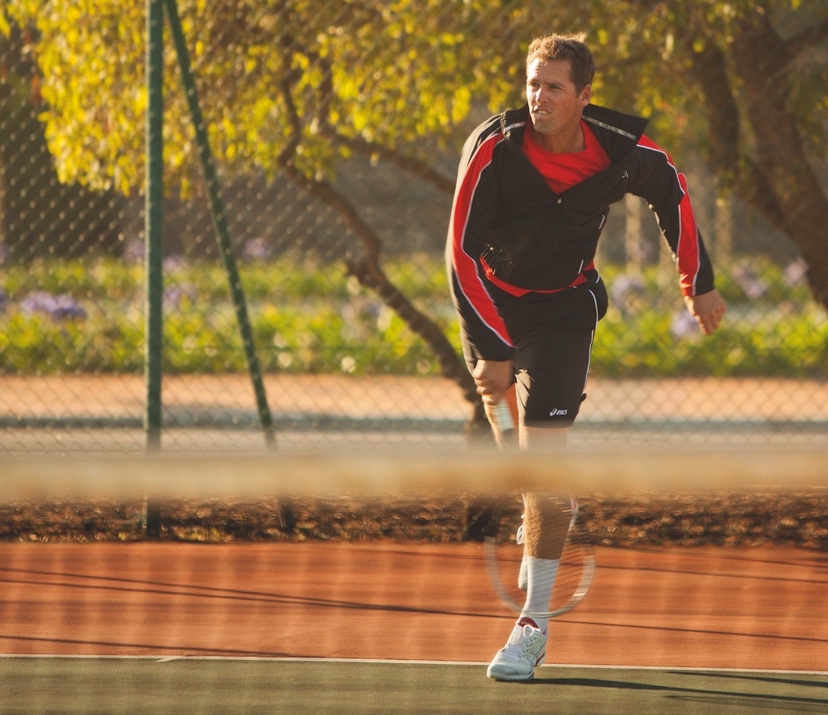Studies by numerous scientists and experts have shown that the rapid movement of the joints that we will deal with in this article allow tennis shots with great acceleration in terms of flexion and extension of the elbow, internal rotation of the forearm, and flexion of the hand (on both a vertical and horizontal plane).
The exercises described in this article are just a small example of the many aimed at strengthening and stabilising the scapula-humerus (shoulder), humerus-ulna (elbow), and radius-ulna-carpal (wrist) joints. The stability of these delicate joints must be an absolute priority for a tennis player, allowing them to play as quickly and for as long a time as possible. Traumatic injuries and joint diseases in young, and sometimes extremely young, tennis players are becoming increasingly common. This leads them to limit their commitment to the sport and sometimes even to abandon the court for varying lengths of time.
Every coach and/or tennis fitness trainer recommends different training methods for these very delicate parts of a tennis player's body as the development of new shot techniques reaches new angular speeds: the joints are subject to such a high level of constant stress that the need to take preventative measures to ensure that they are in perfect working and performance condition becomes clear.
The integrity of the joints can also be maintained through regular use of the exercises shown here.
- "Alternate" cables (shoulders): Standing in the middle of a high cable crossover machine, grab the cable handles and pull them towards you. Holding your arms tight bring the cable handles down alternately in front of your abdomen, beside your thighs, and behind your buttocks. Carry out 3 to 5 sets of 10 to 15 repetitions with a weight that is high enough to allow you to carry out all the repetitions in the set correctly.
- "Inside out" extension (elbow): In a standing position hold the end of a band attached to the ground beside you with your flexed arm crossed in front of your abdomen. Sharply stretch and rotate your arm holding the end of the band above your right shoulder without twisting your chest. Carry out 3 sets of between 15 and 20 repetitions for each arm.
- Dr. Cap (wrists): Standing with your arms by your sides and a wide band (if you do not have one of these small stationery elastic bands can perform the same function) wrapped around your fingers, "open your hand" keeping your fingers outstretched and stretching the elastic band. Carry out 3 sets of between 15 and 20 extensions for each hand.



